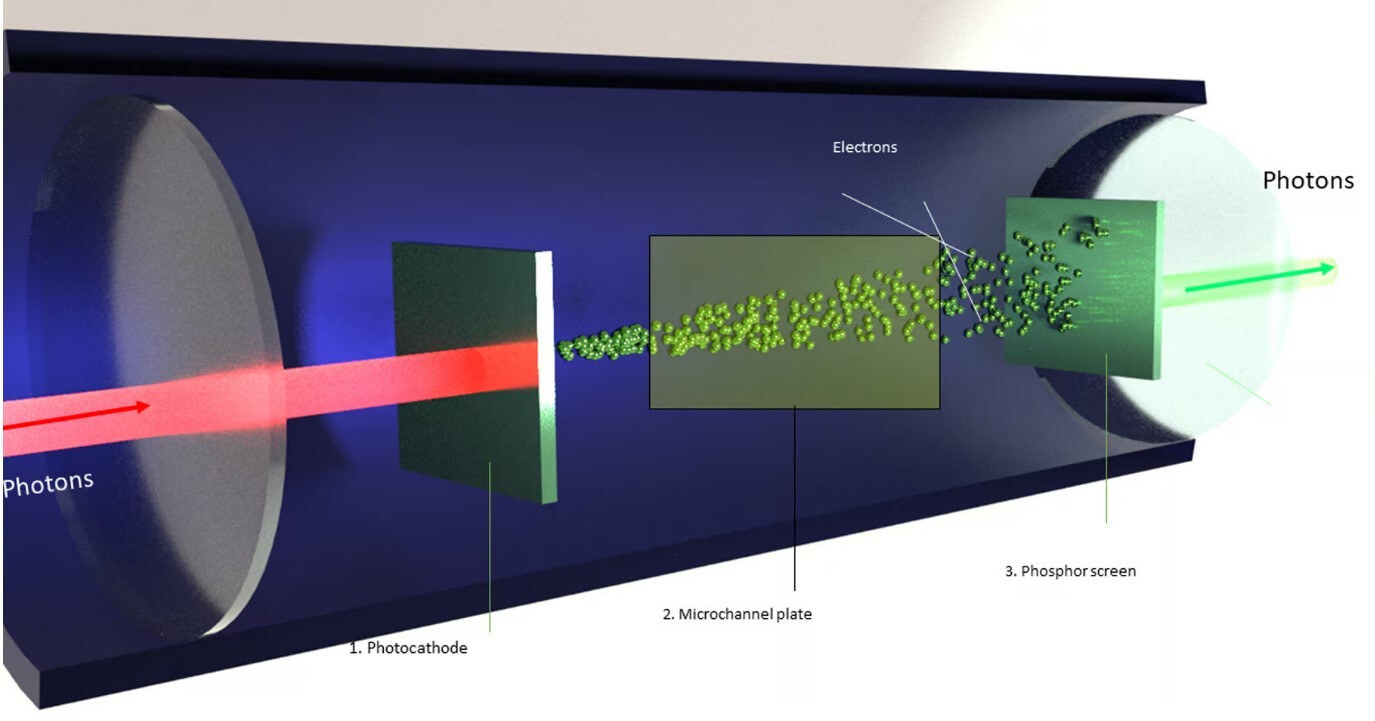The thinnest and lightest night vision goggles ever made

Australian scientists succeeded in creating a kind of night vision glasses that provide a clear and clear image, without requiring any additional and bulky equipment and attachments.
According to the Anna Science and Technology News Agency, citing New Atlas, researchers at the Center of Excellence for Transformable Meta-Optical Systems (TMOS) have developed night vision goggles that are wearable and accessible and do not require bulky and expensive headbands and lens attachments. .
This new technology enables all complex light processing in a simpler and narrower way; An achievement that can lead to the supply of thin plastic plates for night vision with a weight of less than one gram in the existing lens frame.
Having a pair of night vision glasses, similar to reading or driving glasses, can change the way we work and live after dark. Common features of these night vision goggles include searching for collared pets in the park during late night walks, increased safety behind the wheel, and walking in the dark.
Conventional night vision systems involve a complex system that passes photons of light through an objective lens and into an electronic image intensifier tube consisting of two important parts. First, the photocathode converts photons into electrons, then sends them to a microchannel plate made up of millions of holes to multiply the electrons massively.
Then, as the electrons hit a phosphor-coated screen, they glow green and the scene glows as if it were visible through a night vision system.

Naturally, it is impossible to install this system on a very thin plastic plate.
In their research, Australian researchers used metasurface-based incremental conversion technology, which basically provides an easier way to process light photons. The photons travel through a resonant metasurface, where they mix with a tail light.
The non-local metasurface of lithium niobate increases the energy of photons and pulls them into the visible light spectrum without the need to convert them into electrons. It also does not require noise reduction cryogenic cooling for sharper images in normal night vision systems; Therefore, it can eliminate the bulky appearance of traditional and common night vision glasses.

The promoters of this project consider this achievement very promising for the surveillance, autonomous navigation and biological imaging industries. Reducing the weight, size and power required by night vision technology is an example of what Meta-Optics can do; A development that is considered very important for the fourth generation industrial revolution and the maximum miniaturization of technology in the future.
This new technology also captures visible and invisible (or infrared) light in one image as you look through the 'lens'. Typically, night vision systems take side-by-side views from each spectrum, so they cannot produce identical images. This system only provides a better quality view than what can be seen in total darkness.
“This is the first demonstration of high-resolution imaging with up-conversion from 1550 nm infrared to 550 nm visible light on a non-localized metasurface,” said lead author Rocio Camacho Morales. The wavelength of 1550 nm is an infrared light and is usually used for telecommunications, and 550 nm is visible light to which the human eye is very sensitive.
According to him, future research includes expanding the range of wavelengths to which the device is sensitive, with the aim of achieving broadband IR imaging, as well as investigating image processing, including edge detection.
High-efficiency infrared-to-visible light conversion is said to be impossible because the angular dip characteristic of nonlocal metasurfaces prevents the necessary information from being collected, said Laura Valencia Molina, lead author of the paper. . We overcome these challenges and experimentally demonstrate high-performance image conversion.
The results of this research have been published in the journal Advanced Materials.






